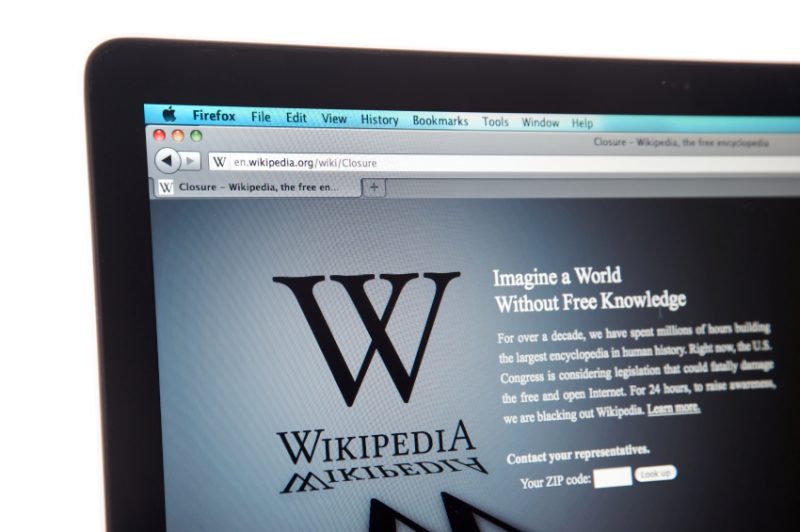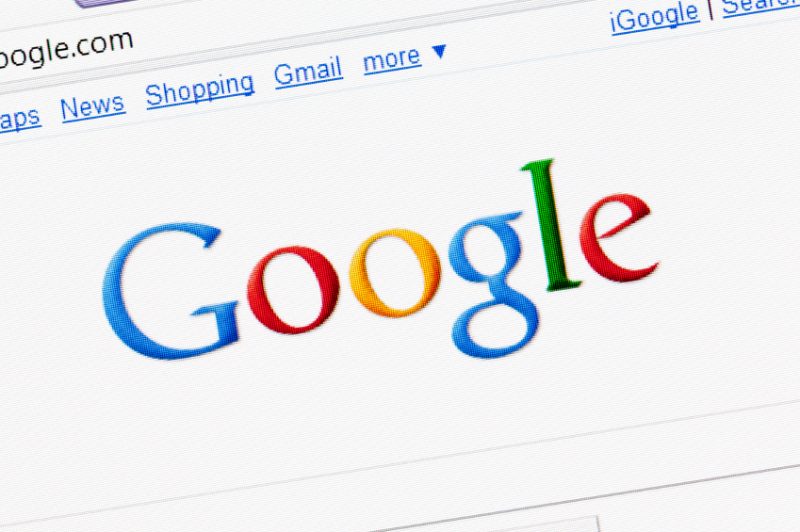
A high-profile PR firm has been outed by a competitor for breaking Wikipedia’s user rules. The New York Times covers the story in P.R. Firm Alters the Wikipedia Pages of Its Star Clients.
The article explains how easy it is to trace any Wikipedia edit (simply click on the “View History” tab in the upper right of a Wiki page. By clicking on each editor’s name, you can also see their Wiki editing history, including every page they have edited.)
We have published extensive information regarding Wikipedia’s policies, including the online encyclopedia’s plans to require disclosure from paid editors. In this case, the PR firm did not disclose their paid status. They also violated Wikipedia’s rules by removing verified information: When a fact is verified on Wiki by linking to a credible citation, you can’t remove it.
PR Firms Grapple with Non-Disclosure Clauses in Client Contracts
Even many well-intentioned firms editing clients’ Wikipedia entries would prefer not to disclose their paid status because client contracts usually include a non-disclosure clause. If you are a paid consultant and hesitate to disclose your paid status and identity for that reason, you can use an anonymous Wiki handle but explain your paid status in your profile. You will be adhering by Wiki’s rules (assuming you also follow their editing rules to a “t” – which you should) and you will be honoring your contract.
Following is the profile of an editor who has been working on the Wikipedia page of a high-profile personality who has been in the news. We recommend it as an example of best practices in disclosing your paid status.
In line with the Wikimedia Foundation’s updated Terms of Use as of June 16, 2014, this is to disclose that I am paid for some of the articles I create and/or edit, in most cases by the subject of the article. Whether paid or not, I always aim to contribute positively to Wikipedia and to edit within Wikipedia’s guidelines, with properly sourced, neutral, constructive edits. I hope my work is judged based on those standards. I will add a paid editing disclosure to the talk page or in the edit summary of any article I am paid to create or edit as of June 16, 2014.
More detailed information regarding best Wikipedia practices can be found in our new guide, How to Look Better Online: Online Reputation Management for CEOs, Rising Stars, VIPs and Their Organizations. It is based on our work with clients in financial services, philanthropy and politics, as well as in other business arenas. That work includes writing and managing Wikipedia entries.








